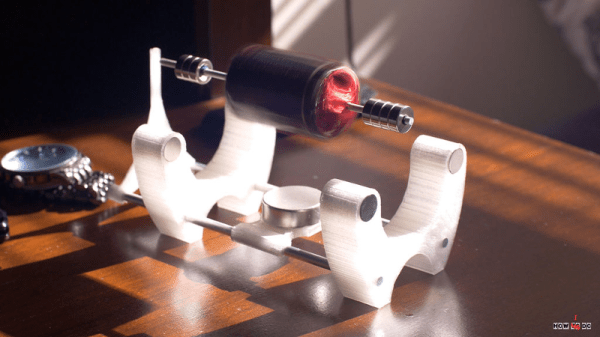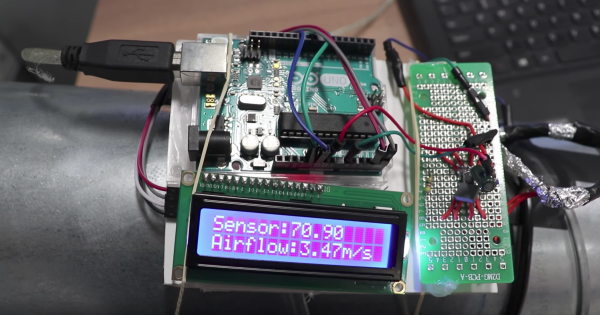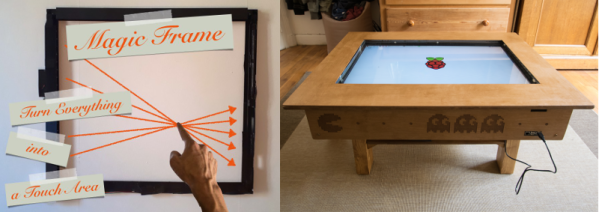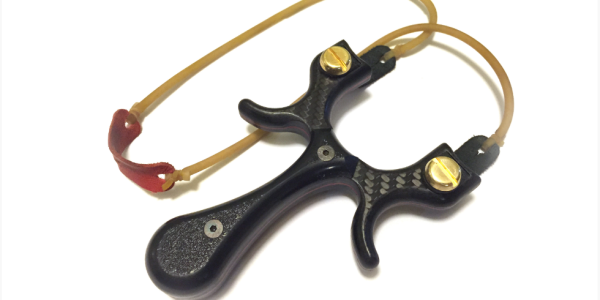Mendocino motors are solar-powered electric motors that rely on pseudo-levitation. The levitation comes from magnets mounted on either end of the shaft, which repel same-field magnets fixed below them into the base. When light shines on the solar panels, current flows through connected magnet wire windings, creating an electromagnetic field that interacts with a large stationary magnet mounted underneath. These constantly repelling forces spin the shaft, and the gaps between the solar panels provide the on-off cycle needed to make it spin 360°.
As [Konstantin] discovered, building this simple motor and getting it to spin depends on a lot of factors. The number of windings, the weight of each solar panel, and the magnet sizes all figure in. [Konstantin]’s struggles are your gain, however. His Instructable takes the guesswork out of the tolerances and he designed a nice, open-source 3D-printed structure to boot.
You’re right, these motors can’t do much work. But it would definitely look cool on your desk and might even start a conversation or two. If not, whip up this little electromagnetic train.
Continue reading “Mendocino Motor Drives Cubicle Conversations”


















